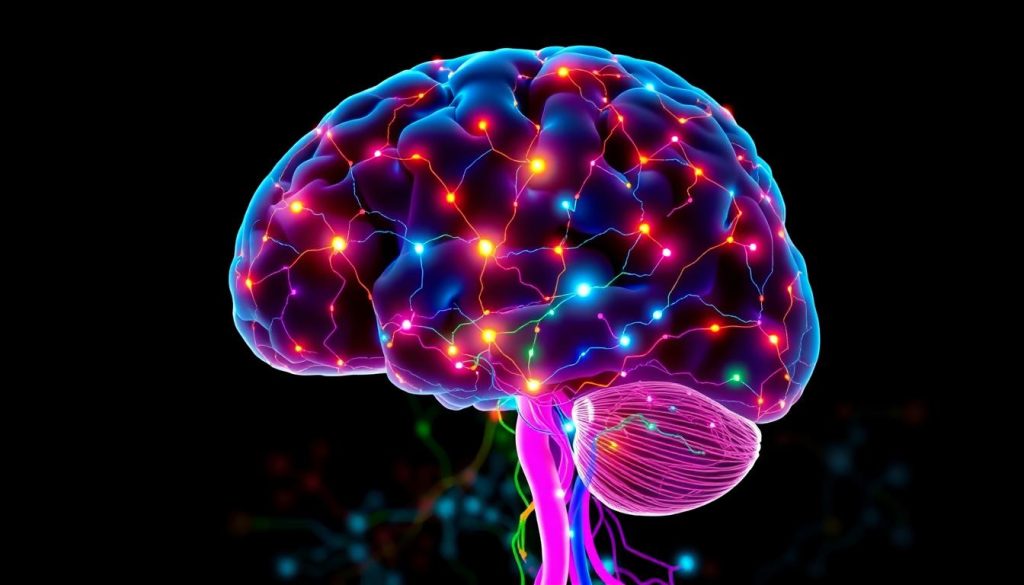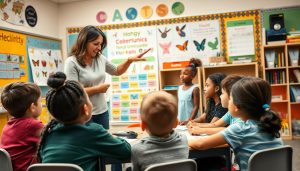How Students Learn: The Science of Brain Plasticity
From a neurobiological perspective, learning literally changes the brain. When students acquire new knowledge, their brains form new neural connections through a process called neuroplasticity. This remarkable ability allows the brain to reorganize itself throughout life, creating pathways that strengthen with repeated use.
Research shows that the brain remains malleable throughout life, though certain periods offer enhanced plasticity. For K-12 teachers, this means every student in your classroom possesses the neurological capacity to learn, regardless of past academic performance or challenges.
Developing effective teacher skills includes understanding how to leverage this plasticity. When you introduce new concepts through multiple modalities—visual, auditory, and kinesthetic—you’re activating different neural networks simultaneously, creating stronger memory pathways.
“From the point of view of neurobiology, learning involves changing the brain. The most effective learning involves recruiting multiple regions of the brain for the learning task.”
To maximize neuroplasticity in your classroom:
- Provide regular, spaced practice rather than cramming
- Create multi-sensory learning experiences
- Build on existing knowledge to form new connections
- Allow for appropriate challenge that stretches but doesn’t overwhelm
Enhance Your Teacher Skills with Neuroscience
Discover how to apply brain research principles in your classroom with our comprehensive professional development course.
Memory Formation: How Students Learn and Remember
Understanding memory formation is crucial for developing effective teacher skills. Neuroscience research reveals that learning occurs through the interaction between working memory and long-term memory.
Working Memory
Working memory is the brain’s temporary workspace—a limited capacity system where students actively process new information. Research shows that working memory can typically hold only 4-7 items simultaneously, and this capacity is often even more limited in younger students.
When teaching, it’s essential to recognize these limitations. Overwhelming working memory leads to cognitive overload, where learning becomes inefficient or stops entirely.
Long-Term Memory
Long-term memory stores knowledge for future retrieval. For information to move from working memory to long-term memory, it must be encoded through meaningful processing.
Students learn best when new information connects to existing knowledge in their long-term memory, creating increasingly complex mental models that enhance understanding and retention.
Practical Memory Strategies for Teachers
How can I help students process new information without overloading working memory?
Break complex information into manageable chunks, provide clear step-by-step instructions, and use visual organizers to reduce cognitive load. These teacher skills help students process information more efficiently.
What techniques strengthen the transfer to long-term memory?
Implement retrieval practice, spaced repetition, and elaborative questioning. These evidence-based strategies align with how students learn most effectively according to neuroscience research.
How do I help students connect new information to prior knowledge?
Begin lessons by activating background knowledge, use analogies that connect new concepts to familiar ones, and create opportunities for students to explain relationships between ideas in their own words.
A 2018 study in Trends in Cognitive Sciences found that students who engaged in retrieval practice retained information significantly better than those who simply reread material. This aligns with what neuroscience tells us about how students learn through active engagement with content.
Attention Mechanisms: How Students Learn Through Focused Engagement
Neuroscience research reveals that attention acts as a gateway to learning. When students focus their attention, they activate specific neural networks that enhance information processing and memory formation. Understanding these attention mechanisms can significantly improve your teacher skills.
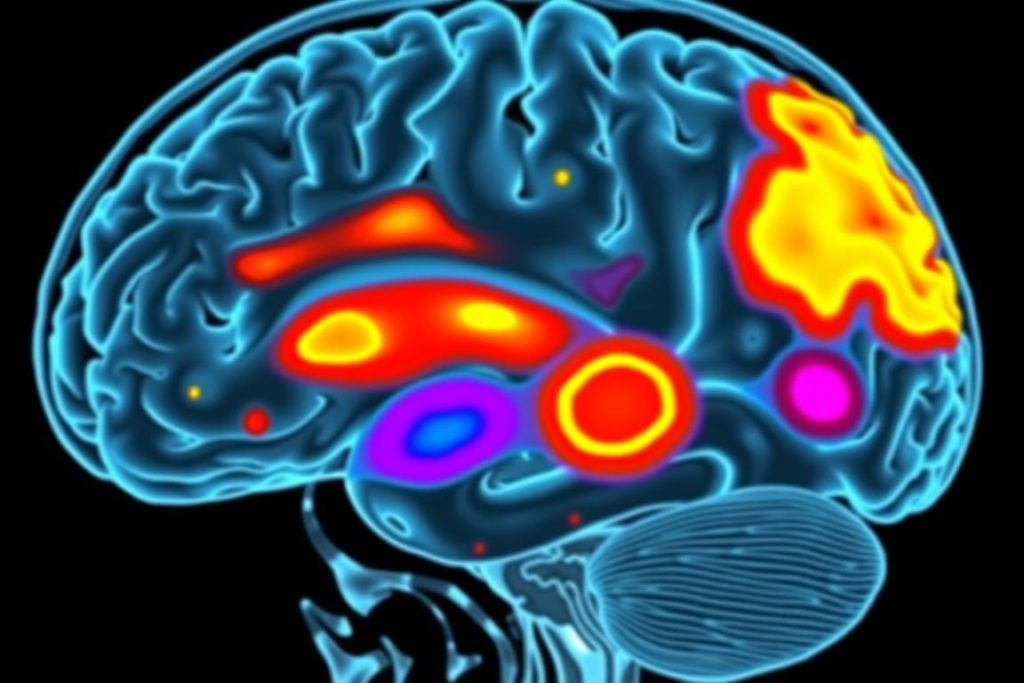
The Neuroscience of Attention
The brain’s attention systems involve multiple neural networks working together:
Alerting Network
Maintains overall alertness and readiness to learn. This network is sensitive to novelty and environmental changes.
Orienting Network
Directs attention to specific stimuli. This helps students focus on relevant information while filtering distractions.
Executive Network
Manages complex attention tasks, including sustaining focus and switching between activities appropriately.
Attention-Enhancing Teaching Strategies
Developing teacher skills that support attention can dramatically improve how students learn. Consider implementing these neuroscience-backed strategies:
- Begin lessons with attention-grabbing “hooks” that activate the alerting network
- Use visual cues and gestures to direct attention to key information
- Incorporate brief movement breaks to refresh attention systems
- Teach explicit attention regulation strategies to build students’ executive function
- Vary instructional approaches to maintain novelty and engagement
Research from the Journal of Cognitive Neuroscience demonstrates that attention acts as a filter, determining which information reaches consciousness and has the opportunity to be encoded into memory. This underscores why developing teacher skills related to capturing and maintaining student attention is so crucial.
The Emotional Brain: How Students Learn Through Affective Engagement
Neuroscience research has definitively shown that emotions play a critical role in learning. The brain’s emotional center, the limbic system, works closely with cognitive regions to determine what information gets processed, stored, and retrieved. Understanding this emotional dimension is an essential teacher skill.
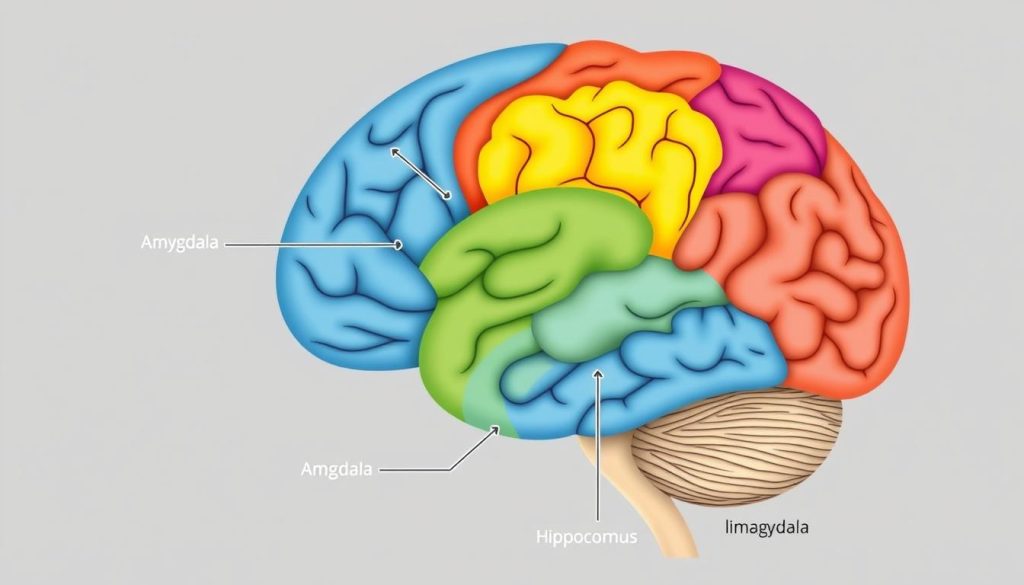
Stress and Learning
The relationship between stress and learning follows an inverted U-curve. Moderate stress can enhance attention and memory formation, while both low stress (boredom) and high stress (anxiety) impair learning.
Beneficial Stress
- Heightened alertness
- Improved focus
- Enhanced memory formation
- Increased motivation
Harmful Stress
- Impaired working memory
- Reduced cognitive flexibility
- Blocked access to higher reasoning
- Anxiety that interferes with performance
Developing teacher skills that help create emotionally supportive classrooms is crucial. When students feel safe, valued, and appropriately challenged, their brains are in an optimal state for learning.
Creating Emotionally Supportive Learning Environments
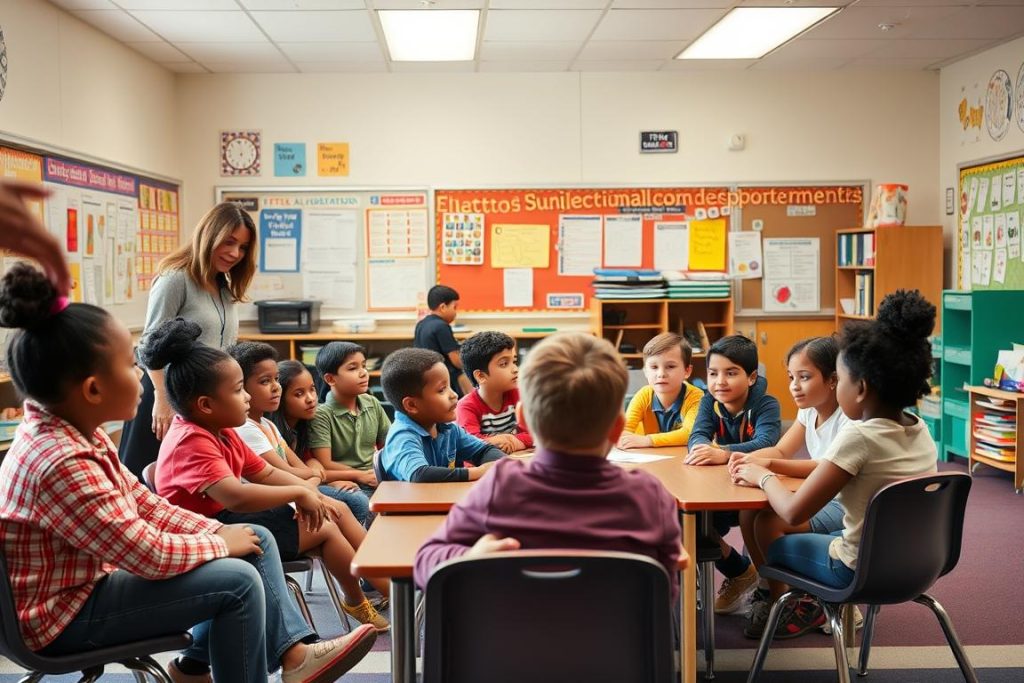
Effective teachers recognize that how students learn is deeply connected to how they feel. Consider these strategies for creating an emotionally supportive classroom:
- Establish predictable routines that create a sense of safety
- Use positive reinforcement to build confidence and motivation
- Incorporate relevant, personally meaningful content
- Teach emotional regulation strategies explicitly
- Model healthy responses to challenges and mistakes
Teacher Tip: Start each day with a brief emotional check-in. This simple practice acknowledges the emotional state of your students and helps them transition into a learning mindset.
Practical Applications: How Students Learn Through Evidence-Based Teaching
Translating neuroscience research into effective classroom practice requires specific teacher skills. Here are evidence-based strategies that align with how the brain learns naturally:
Active Learning
Active learning engages multiple neural networks simultaneously, creating stronger memory pathways. Research consistently shows that students learn more effectively when actively engaged with material rather than passively receiving information.
- Think-pair-share discussions
- Problem-based learning
- Student-led demonstrations
- Collaborative projects
Spaced Practice
The brain consolidates information more effectively when learning is distributed over time. Implementing spaced practice aligns with how students learn through memory consolidation processes.
- Cumulative review sessions
- Spiraled curriculum design
- Distributed homework assignments
- Regular retrieval activities
Multisensory Teaching
Engaging multiple sensory systems creates redundant memory pathways, enhancing retention and understanding. This approach leverages how students learn through diverse neural networks.
- Visual-auditory pairings
- Hands-on manipulatives
- Movement-based learning
- Arts integration
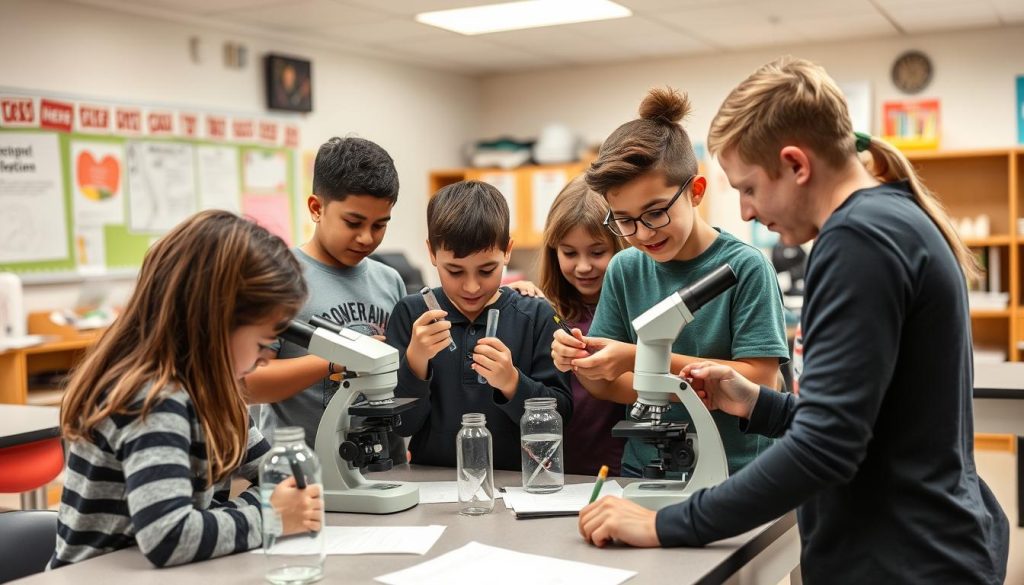
Assessment Aligned with Brain Function
Effective assessment practices should align with how students learn and how memory functions. Consider these neuroscience-informed assessment strategies:
- Use frequent, low-stakes assessments to leverage the testing effect
- Provide opportunities for students to apply knowledge in novel contexts
- Incorporate visual and verbal components in assessments
- Allow students to demonstrate understanding through multiple modalities
- Provide specific, timely feedback that guides improvement
Developing these teacher skills allows you to create learning experiences that work with—rather than against—the brain’s natural learning mechanisms.
Elevate Your Teaching with Neuroscience Insights
Access professional development resources designed specifically for K-12 teachers looking to apply brain research in their classrooms.
Conclusion: Transforming Education Through Neuroscience
Understanding how students learn through the lens of neuroscience empowers teachers to make more effective instructional decisions. By aligning your teaching practices with the brain’s natural learning mechanisms, you can create more engaging, efficient, and impactful learning experiences.
The field of educational neuroscience continues to evolve, offering new insights that can enhance your teacher skills and transform your classroom. Remember these key principles:
- Learning physically changes the brain through neuroplasticity
- Memory formation requires attention, emotional engagement, and active processing
- The brain learns best through multiple exposures, active engagement, and meaningful connections
- Emotional states significantly impact cognitive processing and learning outcomes
By developing teacher skills that leverage these neuroscience principles, you can create learning environments where all students have the opportunity to thrive.
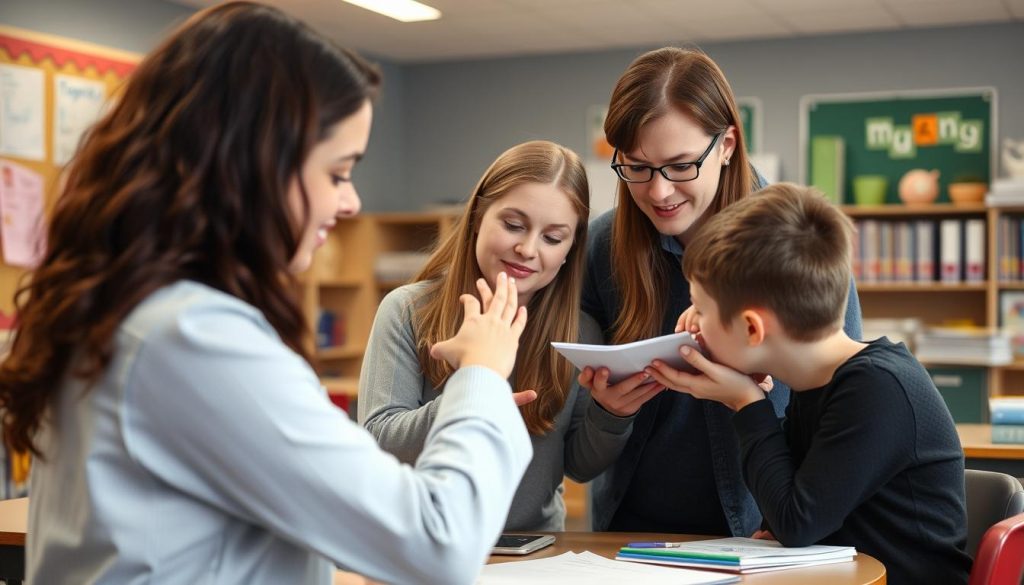
Continue Your Professional Growth
Ready to transform your teaching with neuroscience insights? Our specialized courses offer practical strategies based on the latest brain research.
Enroll in Brain Research Course
Or explore our complete catalog of professional development resources:

